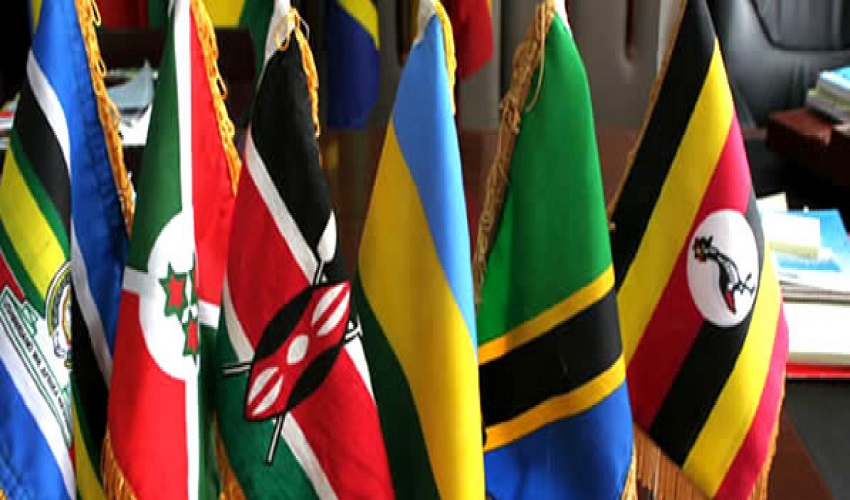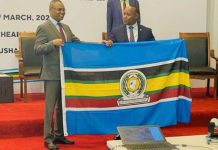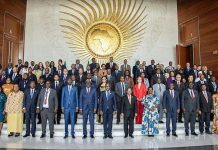REPRESENTATIVES from the six East African Community (EAC) partner states meet in Mombasa tomorrow for the ninth East African Petroleum conference and exhibitions.
Dubbed the EACPCE 19, the three-day conference is expected to offer a wide range of technical presentations reflecting on developments in the oil and gas industry in East Africa and globally.
A statement released by the corporate communications and public affairs department of the EAC Secretariat here yesterday said the conference will also offer a platform for discussions on the legal and policy framework as well as overall business environment prevailing in the region.
“It gives stakeholders in the oil and gas sector an opportunity to interact with EAC senior government officials and decision makers,” said the statement.
Some of the topics that will come up for discussion during the meeting include licensing regimes, East African Rift Basins, East African Coastal Basins, Offshore Exploration Opportunities Exploration in inland Basins and Petroleum Data Management.
It will also delve on meeting the regional petroleum needs, crude oil and refined petroleum products pipelines, exploring on exportation and refining options for crude oil.
Comprising of six partner states—Tanzania, Kenya, Uganda, Burundi, Rwanda and South Sudan—with a combined population of over 168 million, EAC’s broad goal is economic, social and political integration to create wealth in the region and enhance competitiveness through increased production trade and investment.
The community seeks to improve the quality of life for the people in the region through its mission of widening and deepening integration and the vision of a prosperous, competitive and politically united East Africa.
Given the importance of energy in realising their vision, EAC partner states have agreed to cooperate in joint exploration and development of energy resources within the community and promote investment within the sector.
The EAC partner states seek to promote exploitation of both renewable and non-renewable energy sources in the most optimal way for the mutual benefit of East Africans.







